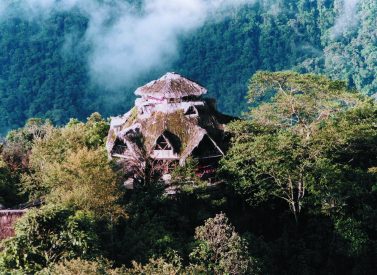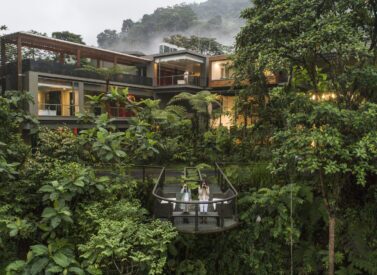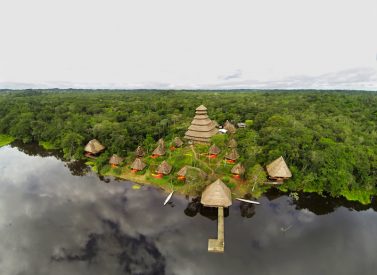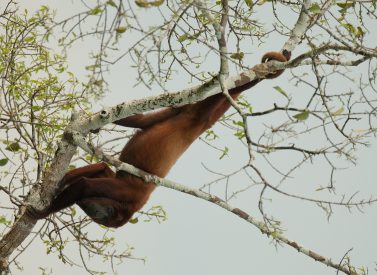
Kapawi Amazon Eco-lodge, Ecuador
Visit Kapawi Amazon rainforest eco-lodge
Kapawi eco-lodge is located deep in rainforest and it is the remoteness of the area that makes the project so special.
Its isolation has helped to protect the indigenous tribes as well as the wildlife of the area. and experience life with a tribe in Ecuador’s jungle.
The canopy is teeming with birdlife and the itineraries, tailored to suit your needs, range from short hikes to demanding treks and visits to the Achuar communities.
More on Kapawi eco-lodge
Once in Kapawi, you will be miles away from any civilisation – the nearest town is a two-week walk through the forest.
This remoteness is what makes Kapawi eco-lodge such a special and unique place.
Please remember that because the only way in and out of the area is by air, trips are 100% dependent on the weather.
The Kapawi Project began in 1993, and the lodge built with the Achuar concept of architecture.
The Achuar community now manages operations 100% independently, using environmentally friendly solar energy and rubbish recycling.
The lodge and installations were completely renovated in 2019, to add to your experience.
Trip Highlights
Print Share Download as PDF-
Experience Achuar tribal life, visiting this remote Amazon community.
-
Get away from civilisation and head deep into Ecuador's rainforest.
-
Night walks, caiman spotting and macaw licks among the activities.
-
Kayak along rivers, hike remote trails and discover the heart of the Amazon.
The whole holiday was fantastic but the two main highlights were swimming with sea lions in the Galapagos Islands and getting to Machu Pichu after the four day trek.
All the accommodation, food and guides were fantastic. I would definitely recommend the places I stayed in – staff were very helpful and the locations were great. The food everywhere was exceptional – much better than I was expecting.
J. Haddon, Kapawi
Full Itinerary
Day 1: Transfer Quito to Shell, fly Shell to Kapawi. Arrival transfer to lodge, relax, afternoon hikes (L,D)
Departure from Quito: We drive along the Oriental highway through Tambillo, Latacunga, Ambato, Baños, before arriving in Shell.
We will have breakfast en route and make some short stops for photos etc. On arrival in Shell, we meet our our Achuar representatives who will help us board the small plane which will take us on a 50-minute flight from Shell over unbroken pristine rainforest.
We arrive at the airstrip of the local Achuar community, where our guides will join us on a beautiful 30-minute canoe ride into the majesty and tranquility of the rainforest, the final leg of our journey.
Lunch at Kapawi Ecolodge & Reserve. After lunch we will have the opportunity to relax, and get used to our surroundings.
In the afternoon, we will have a gentle walk along one of the beaches on the Pastaza River. Our guides give an introductory orientation session with information about the rainforest and the Achuar culture, while enjoying a beautiful sunset.
Dinner.
Day 2: Morning clay lick trip and hike, afternoon kayak in lagoons, forest night walk (B,L,D)
Early morning wake up, and it’s a 30-minute motor boat ride to reach one of the best natural attractions, the clay lick, where we see many different species of parrots, macaws, and parrots – such as the Cobalt-Winged Parakeet, Chestnut-Fronted Macaw, Yellow Crowned Amazon.
After breakfast, it’s a two hour walk, with stops, to learn about medicinal plants of the area and tropical forest ecology, followed by lunch at Kapawi Ecolodge & Reserve, and siesta time.
In the afternoon, we explore, via kayak, the Kapawari River and its connecting lagoons, while looking at the wildlife such as the pink river dolphin. As the river is quite calm, swimming is possible.
After dinner there is a spectacular night walk, observing the many different kinds of insects and amphibians that are found around the lodge.
Day 3: Morning walk, optional activities in the afternoon, camp or return to lodge (B,L,D)
An early start, so we can catch the best wildlife watching time.
We will be spotting the great variety of birds that the southeast Rainforest of Ecuador offers like Hoatzin, Aninga, Speckled Chachalaca, White Eared Jacamar, Cocoi Heron, Neotropical Cormorant, and the Great Egret.
After breakfast guests we take a forest walk, this time learning about the benefits and uses of the palms to the Achuar and the important ecological role played by insects and animals in the forest.
In the afternoon you can choose one of several activities, from fishing for piranha or catfish or making crafts with the Achuar.
We spend the evening on the river, exploring the Kapawari river in search of nocturnal animals such as monkeys, caiman and birds. All this coupled with a fantastic starry sky at Kapawi.
Day 4: Morning walk/clay lick, afternoon Achuar community visit, camp with tribe or return to lodge (B,L,D)
In the morning, we can choose to visit a clay lick or go birdwatching, before we set off on the Pitzacocha trail.
Guides will explain Achuar hunting techniques and Arutam, the spirit of the forest. After a picnic lunch in the forest, we head to one of the Achuar communities that is located close to the lodge. This is one of our most popular activities offered in Kapawi, because of the significant cultural contribution to the Achuar people.
You can see a community and its members and purchase some traditional handicrafts. Return to the lodge followed by dinner.
After dinner: cultural activities (legends in hammock house, traditional greetings)
Day 5: Morning activities, transfer lodge to Kapawi, fly to Shell, transfer back to Quito, ends (B,L)
We head off for one more early morning wildlife spotting mission.
After breakfast, we pack, but not before you can choose to participate in a blowgun contest to demonstrate who the best hunter among the guides and guests, or learn the art of Achuar face painting and how it relates to the different activities of the tribe.
We head back to shell, with a packed lunch en route, and return to Quito along the same route as our arrival.
Prices From $1,730 / £1,406 per person
What's Included?
Domestic flights, meals as listed, English-speaking naturalist guide, local guide, accommodation, excursions according to the program, Achuar community fee, rubber boots and poncho, excursions in lodge
What's Not Included?
International flights, transfers to and from Quito (add approx USD 200 per person for two people travelling to/from Quito return), soft and alcoholic beverages, tips and personal items, insurance, Quito hotels
Accommodation
Achuar craftsmen came together to build a series of comfortable cabins in the vernacular style of the rainforest, using local materials. The overall design and furnishings are more modern and equipped to the needs of travellers, renovated in 2019.
The ecolodge sits on the basin of the Capahuari river deep in the Amazon Rainforest of Ecuador, and the newly renovated boardwalk offers incredible wildlife viewing opportunities right from the ecolodge.
This raised boardwalk connects all of the guest’s cabins and the several large communal buildings at Kapawi. All the structures sit on stilts around the edge of a lagoon.
Each of the thatched roof guest cabins is spacious, sustainable, well-ventilated, and creature-proof (if you do find any creatures, alert the guide!)
Each cabin has a spacious screened-in sleeping area and private bath with solar heated water available on most afternoons (depending on weather).
Cabins are fully screened – windows, floors, roofs – and each bed has its own mosquito net.
Every room is equipped with a security box, hammock or deck chair.
Tour Staff
Passengers are always accompanied by a naturalist guide and Native Guide, and groups are up to 9 people strong.
The lodge is now run and staffed 100% by the local Achuar community.
Meals
The kitchen can accommodate vegetarian and most other special dietary requests. A variety of international and traditional cuisine is offered to guests.
Meals are prepared by an excellent culinary staff, and include classic light cuisine, as well as Achuar dishes. Fruits and forest products feature heavily.
Activity Level
These trips are designed to be open to people of all ages and abilities, albeit it’s advised that children are aged 7 or over.
You need to be able to step into and out of a boat and the fitter you are the more you will enjoy the trip.
Walks are short in length but you may be on your feet for 2-3 hours as you stop to look at wildlife. There are shorter (and longer) walks for those who don’t want to walk so far – your guide will talk to you about preferred activity levels.
There are also rides in boats/canoes that can last up to 2-3 hours, depending on the tour.
We’ve offered an outline itinerary here – there are lots of options at the lodge – just ask your guide for more.
Practical Information
Introduction to Ecuador
Ecuador is the second smallest South American country, and one of the most varied.
It comprises three main geographical areas: the coast, highlands and Amazon plus is home to the Galapagos Islands.
Because of its relatively compact size, it makes a great holiday destination as you can move from highlight to highlight fairly easily and rapidly.
Weather in Ecuador
Ecuador lies between latitudes 4º south and 2º north. Overall, climate varies according to time of year, altitude and region.
The Sierra
In the Ecuadorian highlands, there is little temperature variation by season as temperature depends largely on altitude.
In Quito, shade temperatures range from 6 to 10ºC in the morning and from 19 to 23ºC in the afternoon, with cool nights. In the lower basins between mountains, it gets significantly warmer.
Rainfall depends on whether an area lies closer to the eastern or western Andes. To the west, June-Sept is the dry period and Oct-May the wet (with often a short, dry spell in Dec or Jan).
The best period to visit Quito and trek and climb volcanoes such as Cotopaxi is the west Andean dry season of June-Sept and Dec/Jan. This is also Ecuador’s high season. During the Oct-May wet season, most rainfall is in the afternoons.
To the east, Oct to Feb are dry and Mar-Sept are wet. Overall, the southern highlands are drier than the northern highlands.
The Coast
On the Pacific coast, rainfall becomes less from north to south. The coast can be enjoyed year-round, although from June-Sept mornings are often grey with the garua mists.
Jan-May is the hottest and rainiest time of year.
The Amazon
In Ecuador’s Amazonian region, rain can fall at any time, but Dec-March is usually the driest season and Mar-Sept is usually the wettest period.
The Galapagos Islands
Galapagos can be visited at any time of year.
The warm season is Jan-Jun, bringing calm, warm waters (around 70°F) and sunny days (72-9°F or 22-32°C), February and March being the hottest and sunniest months with blue skies and sunshine.
The islands receive slightly more rainfall during these months, occasional heavy bursts in the afternoon. Great for snorkelling and you can spend a lot of time in the water without wetsuits, with great, clear waters.
The dry ‘garua’ season is Jun-Dec an it’s a great time for marine life. August and September are the coolest when you may need a jacket in the evenings and the sea can be choppy and temperature drops around 15-24ºC on average.
There can be mist on the islands in the mornings (garua) which usually burns off by midday leaving overcast skies or a sunny afternoon.
Sea temperatures may drop to 60°F- 72°F (15-22°C) during this time and snorkellers will want a wet suit for prolonged periods in the sea.
Responsible Travel - our ethos
Andean Trails believes in Responsible Travel and actively supports several community projects.
Please see Our Advice and Our Ethos for more, and learn about the Projects We Support.
We operate the Inca Trail, our treks and tours with local firms.
We make sure that on our tours and Inca Trail we employ local staff, who are paid fair wages.
With the Inca Trail, We provide free life insurance to all of our porters. Tented accommodation and meals are provided for all trekking staff as well as foam mats, sleeping bags and rain ponchos. We have also provided the staff with trekking shoes. We ensure our porters carry a maximum of only 20kg. We offer them backpacks and they generally use back supports.
Clean burning fuel is used to cook the meals on the Inca Trail and porters carry gas stoves and butane bottles. We use biodegradable detergents when washing the cooking and eating utensils. If any part of our tour or trek is operated by another company, we try to ensure that high standards are maintained.
Our additional support helps the Huchuy Yachaq project which supports children and families in one of the poorest communities in the district of Cusco.
Responsible Travel - travel tips
Responsible Tourism – Code of Conduct:
- Find out about your destination – take some time before you go to read about the cultural, social and political background of the place and people you are visiting.
- Go equipped with basic words and phrases in the local language – this may open up opportunities for you to meet people who live there.
- Buy locally-made goods and use locally-provided services wherever possible – your support is often vital to local people.
- Pay a fair price for the goods or services you buy – if you haggle for the lowest price your bargain may be at someone else’s expense.
- Be sensitive to the local culture – dress and act in a way that respects local beliefs and customs, particularly at religious sites.
- Don’t undermine the local economic systems – we recommend you don’t give gifts, especially sweets as there are few dentists in the Andes. Much better to spend time chatting, playing and showing postcards of home. If you would like to donate clothes and shoes etc we are more than happy to do so through the relevant channels. Your tour leader can do this for you and some of the projects we support can be visited.
- Ask permission before taking photographs of individuals or of people’s homes – and remember that you may be expected to pay for the privilege.
- Avoid conspicuous displays of wealth – this can accentuate the gap between rich and poor and distance you from the cultures you came to experience.
- Make no promises to local people that you can’t keep – be realistic about what you will do when you return home.
- Minimise your environmental impact – keep to footpaths and marked routes, don’t remove any of the natural habitat and reduce the packaging you bring.
- Don’t pollute local water courses- use biodegradable products, and wash basins.
- Slow down and enjoy the differences – you’ll be back with the familiar soon enough.
Kit list
Good kit is vital for every trip.
Book with Andean Trails and get 15% off Páramo’s fantastic ethical and high performance outdoor gear.
You can also read our blog about a day in the Amazon rainforest of Peru.
Detailed kit list
- The original and a photocopy of your passport.
- Yellow fever inoculation certificate.
- Good binoculars.
- Tight-weave, light weight long trousers.
- Quick dry socks.
- Rain suit or long poncho (100% waterproof – test before you leave home).
- Long-sleeved tight-weave shirts.
- T-shirts.
- A bottle or canteen to carry water on outings (1-2 litres).
- Sunscreen (factor 30+) and lip salve.
- A broad-brimmed hat that will not come off on windy boat-rides.
- 1-2 pairs of shorts.
- Sunglasses with UV filter.
- A pair of trainers.
- Ankle high, hiking boots.
- Insect repellent.
- Towel & wash-kit.
- Wet Wipes/antiseptic hand-wash cream.
- Head-lamp (plus spare bulb and batteries).
- Personal first-aid kit to include: painkillers, plasters (band-aids), moleskin, anti-biotic cream, general antibiotics (ask your GP), after-bite (tiger balm), anti-diarrhoea tablets, throat lozenges, re-hydration salts & personal medication.
- Cash (small denomination bills) for souvenirs at the lodge, alcoholic beverages, etc.
- A small day pack, 30 litres.
- Camera and film / memory cards (take at least twice the amount you think you will need!).
- Book, e-book, mp3 player/ipod or other to help pass the time.
- Spanish/English phrasebook.
- Extra snacks i.e. cereal bars or favourite chocolate bars.
Please note: Guests should arrive in clothes which they do not mind getting slightly dirty or wet, and should wear footwear that is suitable to walk on a rainforest trail. Sun cream, insect repellent, hat and waterproof clothing should be carried in hand luggage and kept accessible for the journey to the lodge.
You may want to keep your binoculars and camera handy, too.
All bedding, toilet paper etc. is provided at the lodge (or camp, if camping).
Prices From $1,730 / £1,406 per person
2025 price, per person, shared room basis
4 days USD 1,430pp (Fri - Mon)
5 days USD 1,730pp (Mon - Fri)
8 days USD 2,600pp (Fri - Fri/ Mon - Mon)
50% single supplement, may be waived
30% discount for under 12s

Dates & Prices
Prices From $1,730 / £1,406 per person
2025 price, per person, shared room basis
4 days USD 1,430pp (Fri - Mon)
5 days USD 1,730pp (Mon - Fri)
8 days USD 2,600pp (Fri - Fri/ Mon - Mon)
50% single supplement, may be waived
30% discount for under 12s
Can’t find what you’re looking for? Get in Touch
+44 (0)131 378 5593
+44 (0)131 554 6025



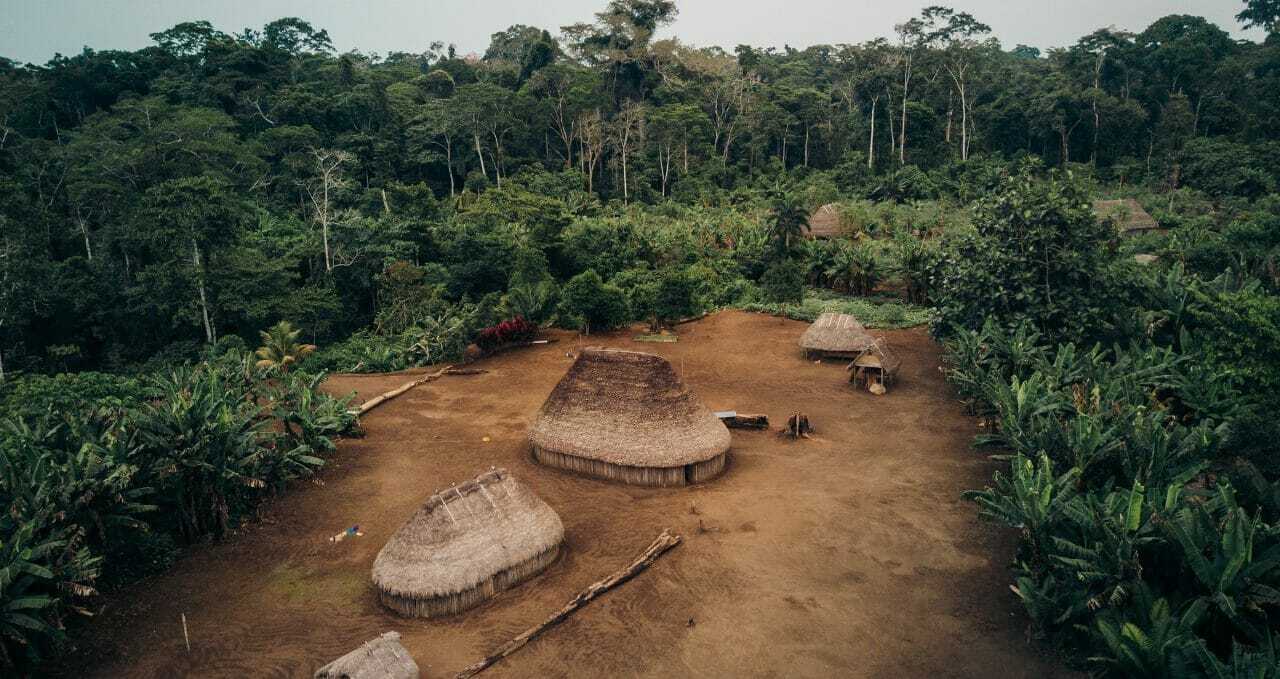
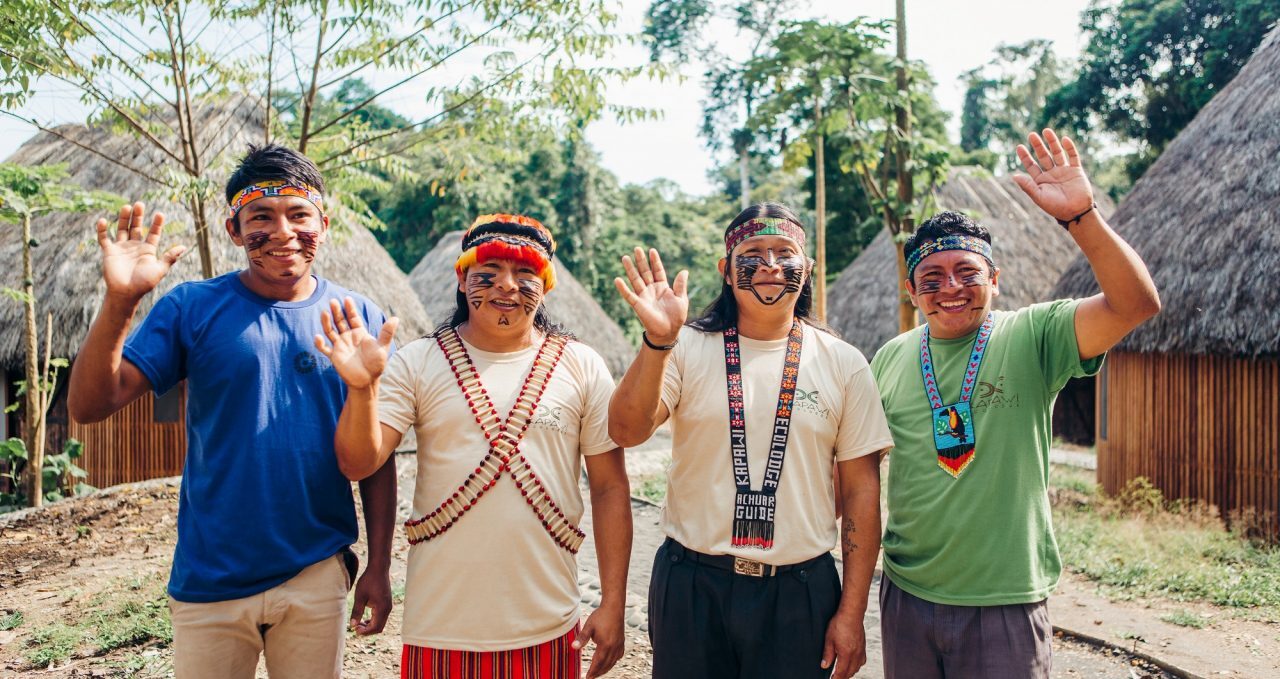
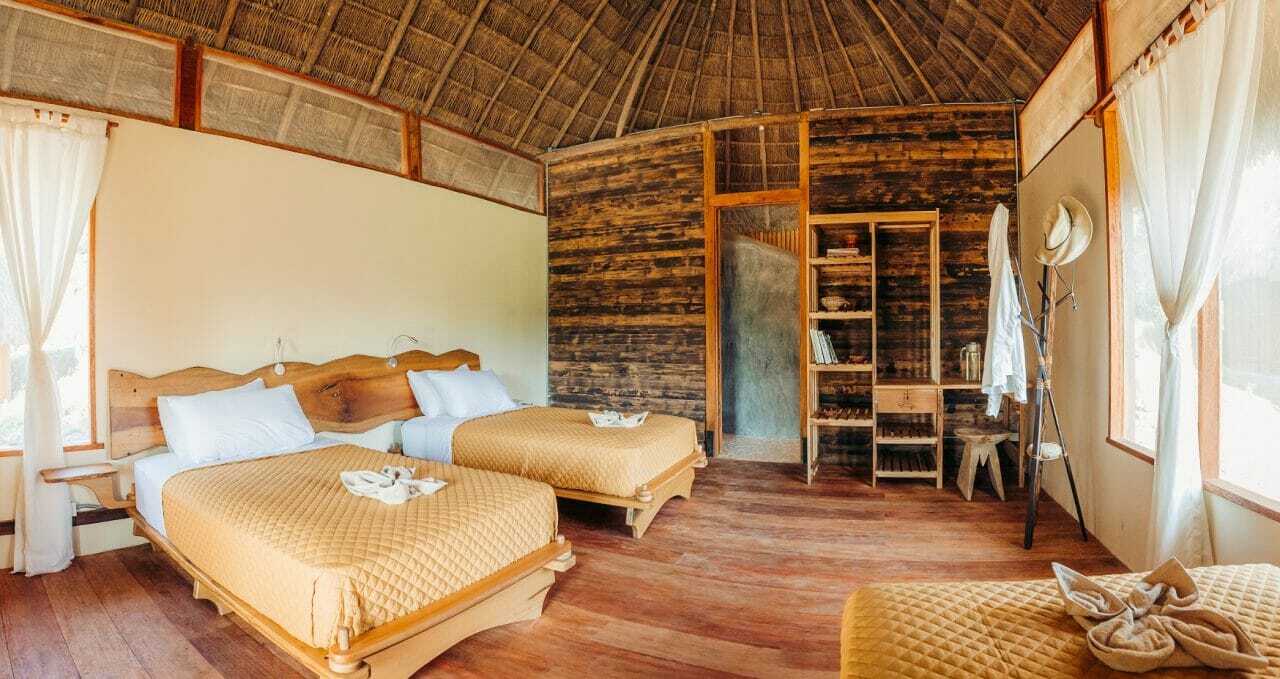
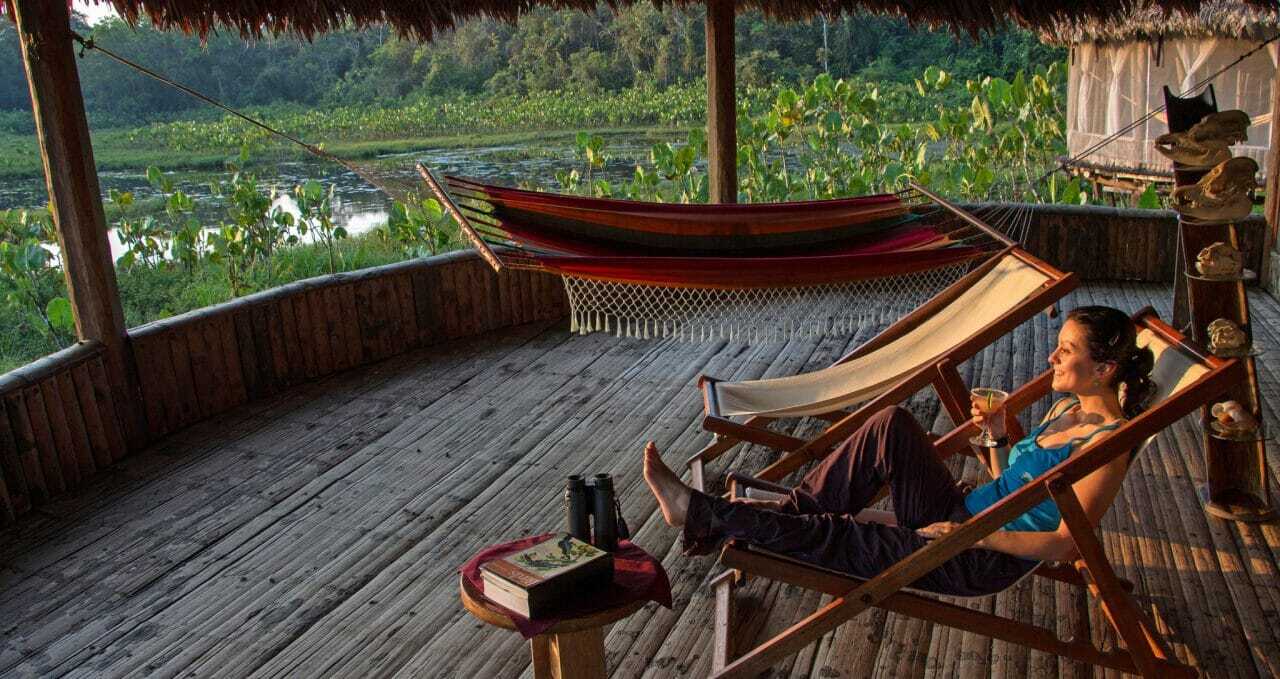
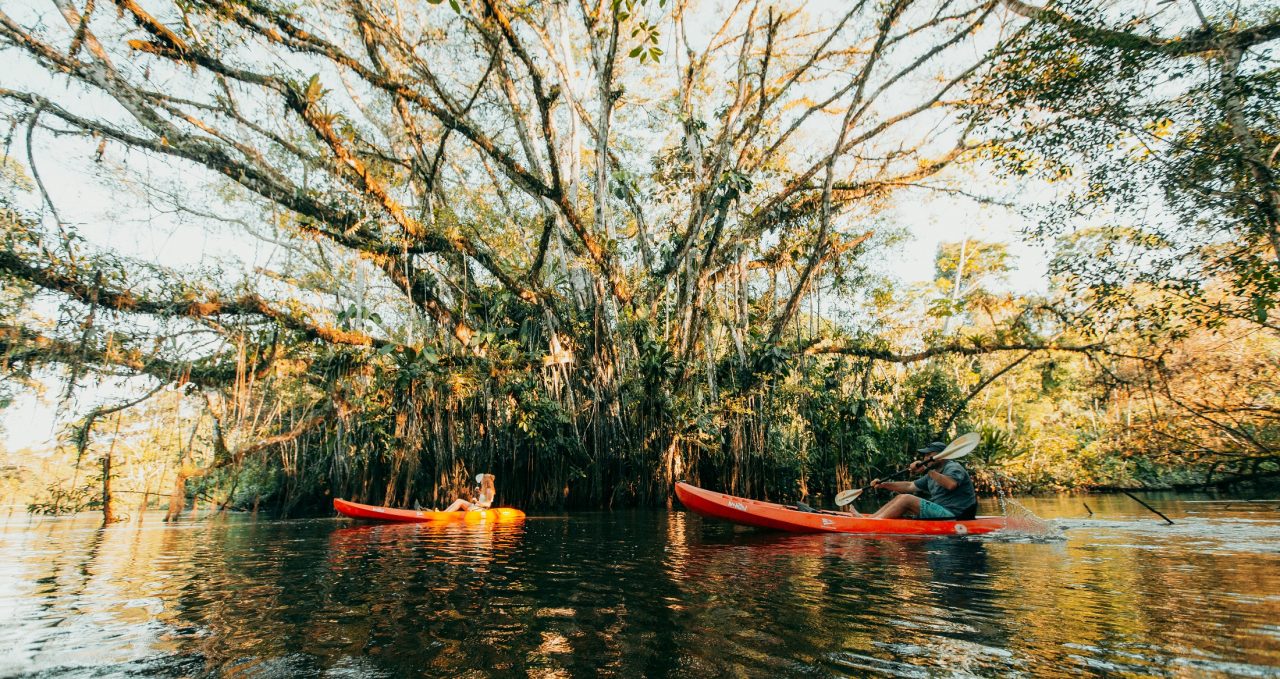
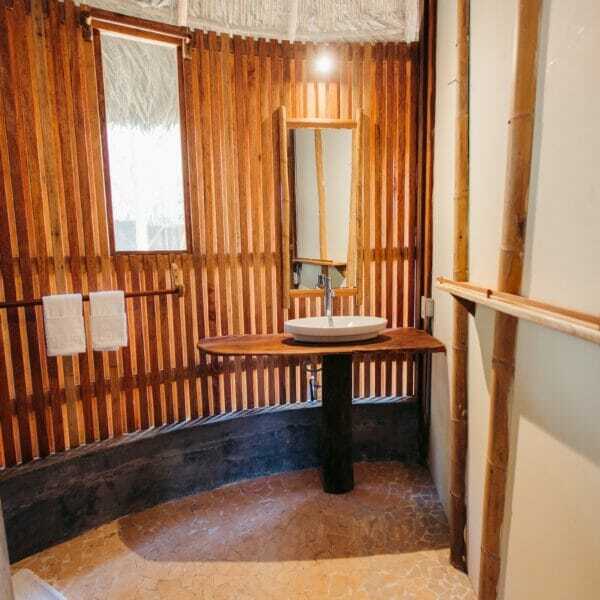
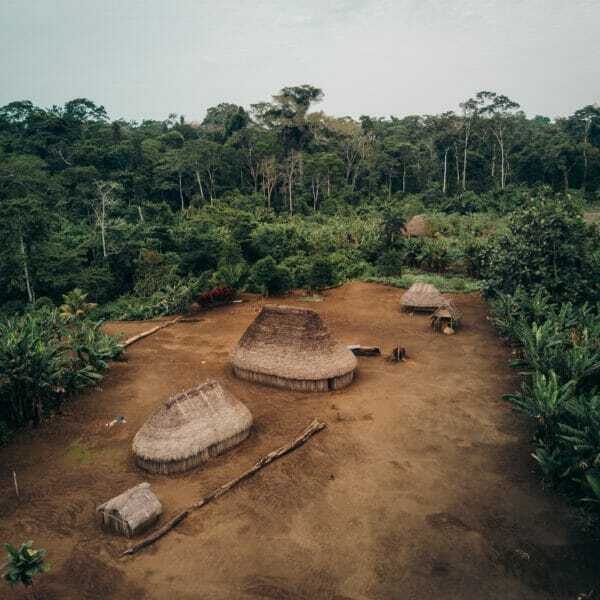
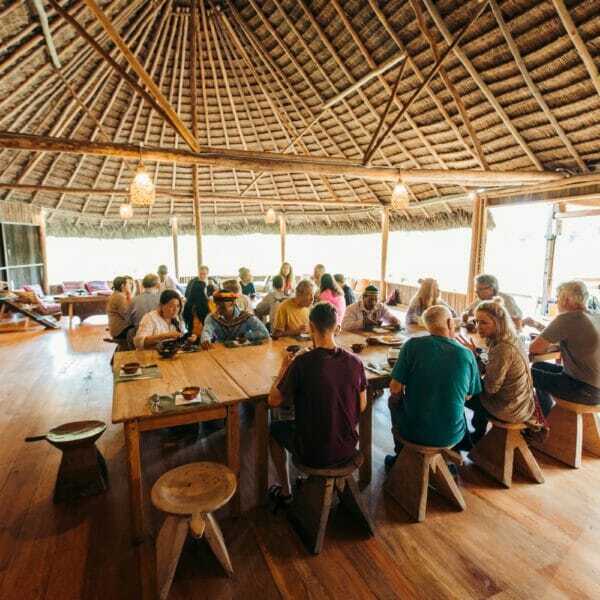
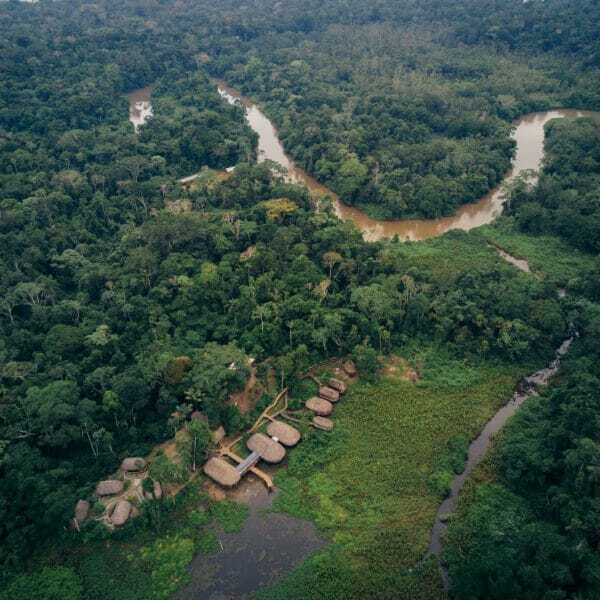
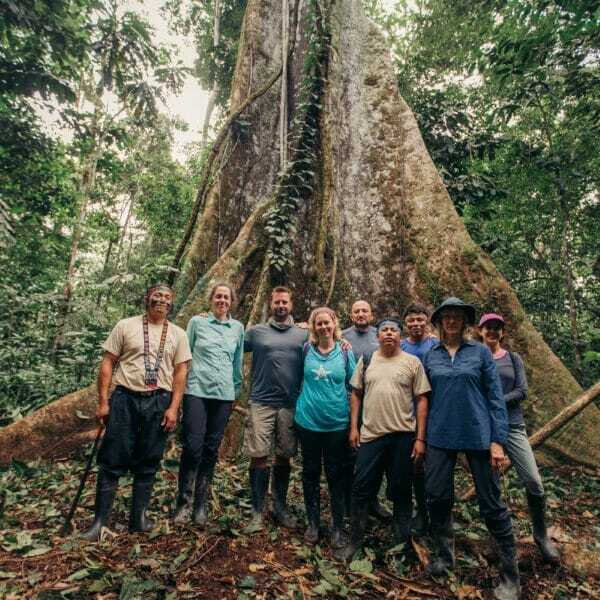
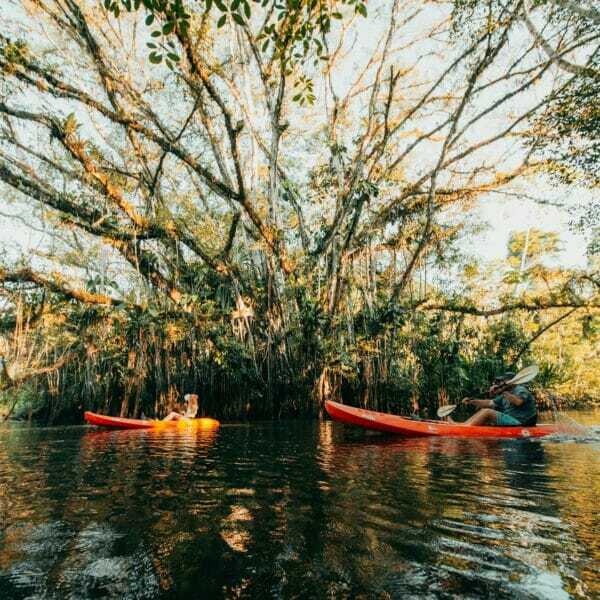
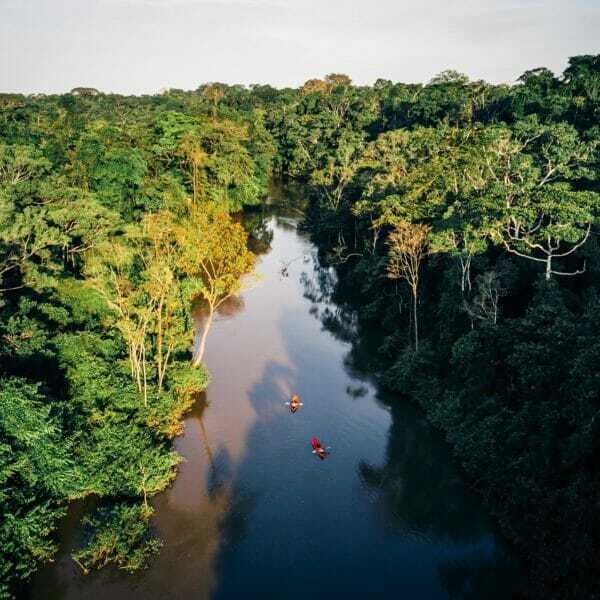
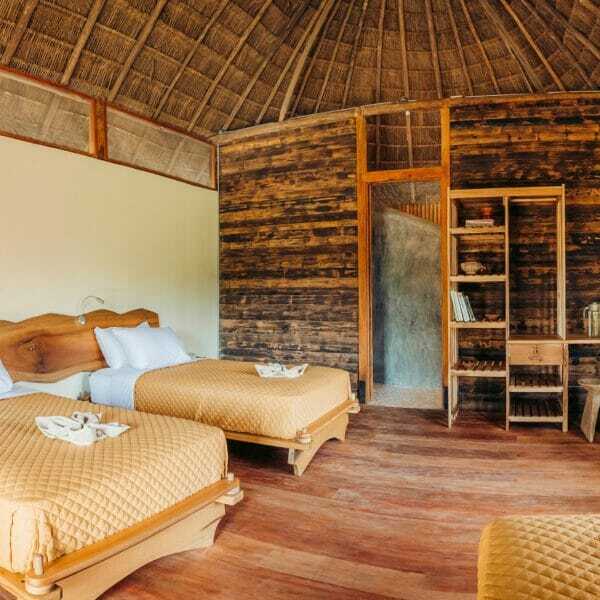
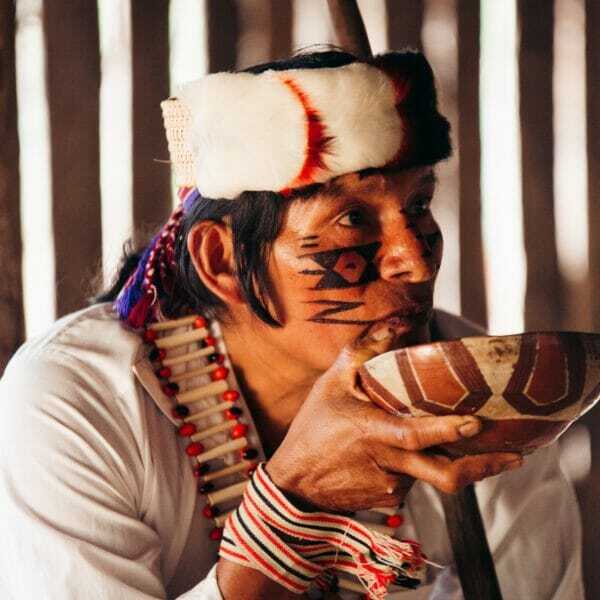
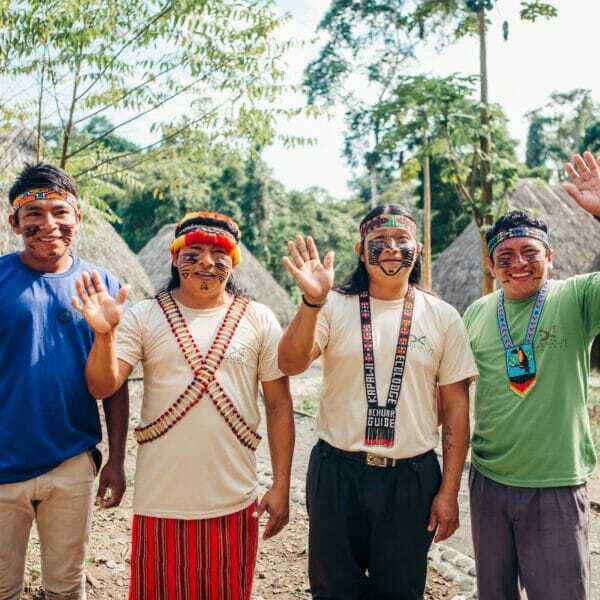
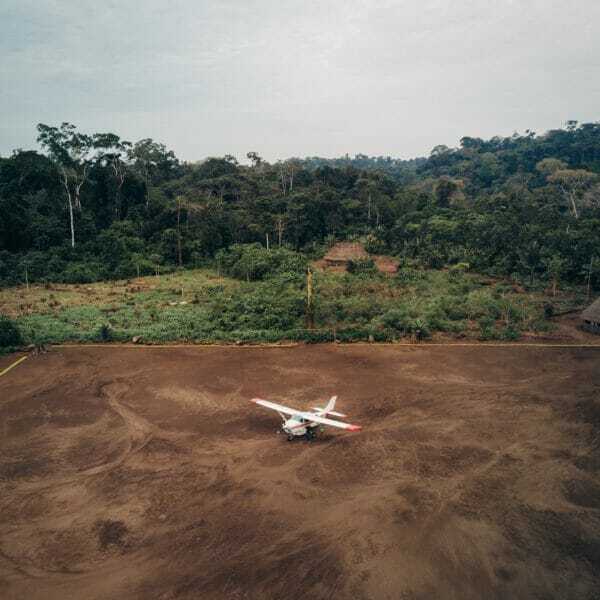
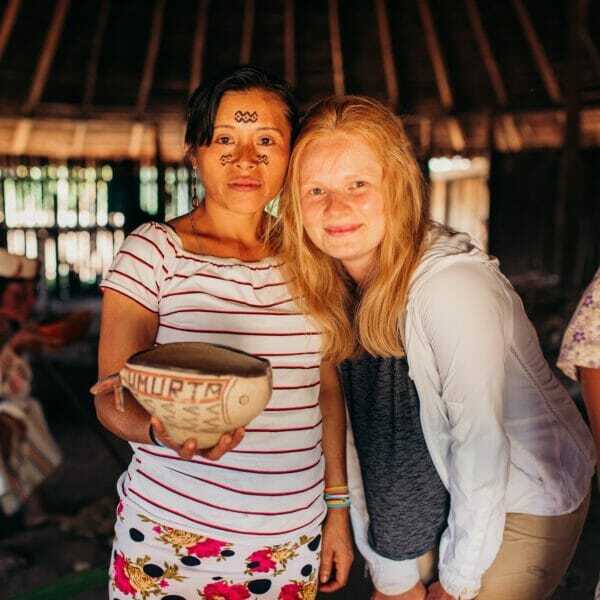
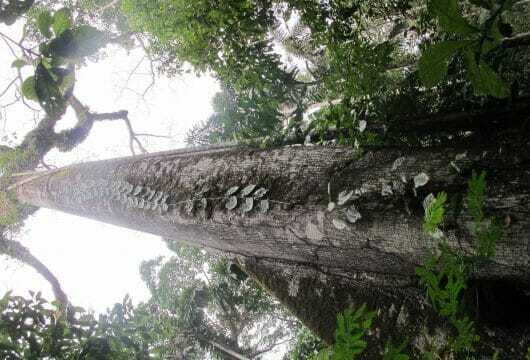
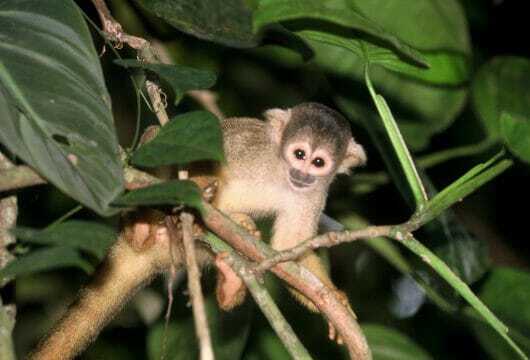
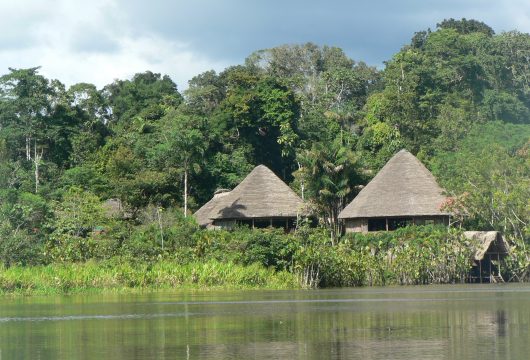
 a Group Tour
a Group Tour  a Tailor Made Tour
a Tailor Made Tour 